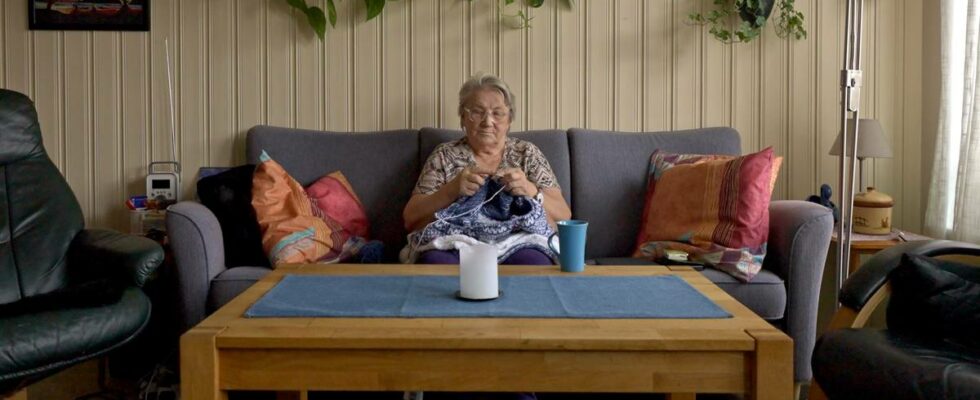The 82-year-old lives alone at Hesseng in Sør-Varanger. Sometimes Inger Elise gets to speak her mother tongue. Then she will be happy. – It is very fun to speak Sami when you meet others who can. Approximately 9,000 people live in the municipality, and only a small number speak Sami. She mentions the police chief, a doctor and a kiosk employee who knows Sami, but none of them speak her dialect. – It will die out with us old people, unless more people start talking about it, she says. Matters of will In Norway there are countless dialects that vary from place to place. They are constantly changing. Professor of Sami language Torkel Rasmussen believes that it is primarily up to each individual whether they want to preserve dialects. He has taught himself Northern Sami, but has not focused on dialects. – For me it was most important to know Sami, I haven’t cared much about dialects, and therefore I don’t know any dialects properly. Associate professor Torkel Rasmussen works with languages at Sami University. Photo: Harry Johansen / news Nevertheless, dialects are important for language diversity, and it is possible to preserve them, he explains. He refers to a method that has given good results on the Finnish side of Sápmi. In Enare, course participants must visit someone who knows Enare Sami several times a week to learn the language and dialect. Rasmussen believes that it may also be possible in Sør-Varanger, while there are still some who know the dialect. Of the approximately one hundred who speak Sami in the municipality, only a dozen people speak the same dialect as Inger Elise, he estimates. Do you think it is important to preserve dialects? Yes, absolutely 😎 No, it’s not that strict Show result More endangered dialects Young people in Nesseby are also in danger of losing their dialect. The Nesseby Sami dialect is disappearing with the older generation. There, they have started a major effort to save the dialect, and everyone is leaving. Among other things, it has resulted in the new podcast, “De višan gullat”, which was launched this week. Nesseby mayor Thor Thrane talks to both older and some younger residents of Nesseby in the podcast “De višan gullat”. Photo: EILIF ASLAKSEN / news – It was not difficult to get people on board, because people think that it is not good if the dialect disappears. That it does not live on and is heard daily among people and young people, says the host of the podcast Thor Thrane. The Sami language center Isak Saba in Nesseby has created the podcast and through it you can hear the dialect and thoughts about the future. In addition, the language center works to encourage children and young people to speak the Sea Sami dialect. This is how they hope the dialect will live on. In her own hands, Inger notices that the words in her mother tongue are disappearing. She did not learn Norwegian until she started school. Nevertheless, she can catch herself struggling to remember what words like right and left are in Sami. – When you don’t talk, you forget. I know I’ve forgotten a lot, so I’ll have to speak for myself. Throughout her 82-year life, Inger has experienced that the Sami have had a low status in society. It can be lonely not having many people to talk to. Inger Elise appreciates meeting others who know Sami. Photo: Harry Johansen / news She says that people haven’t understood what to do with the language, or that they don’t care about it. But for her, it is important that the mother tongue and the dialect live on. – I tend to think of it as our mother tongue. My oldest son understands but does not speak. I have to start holding courses and teach it, she says. Published 25.10.2024, at 20.59
ttn-69
Several Sami dialects are threatened – trying to secure the future with podcasts and courses – news Sápmi

